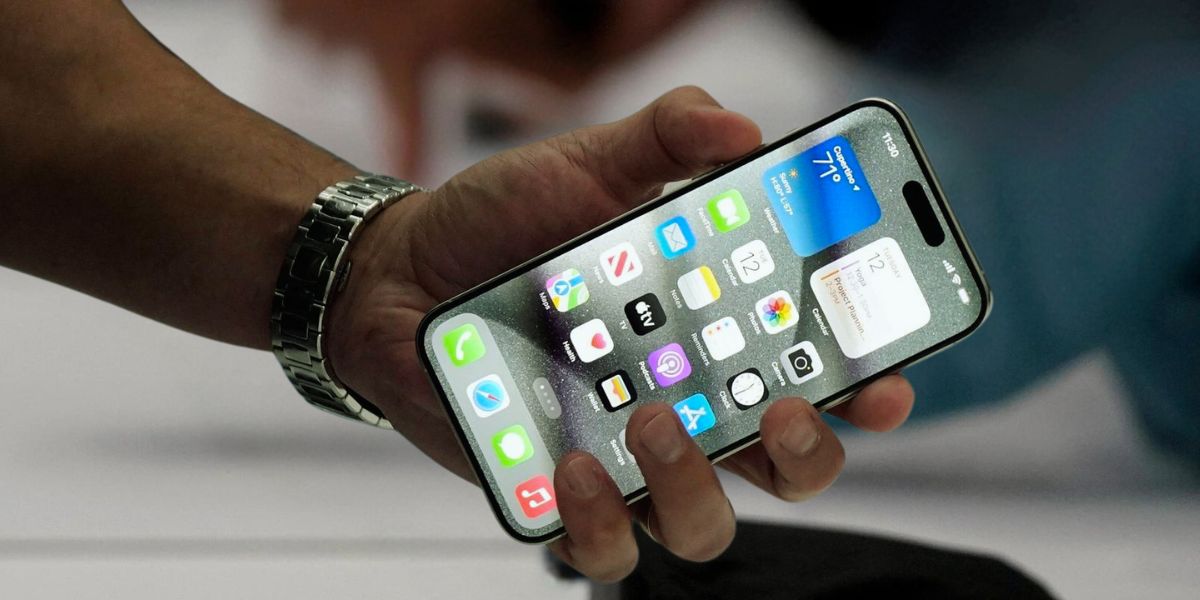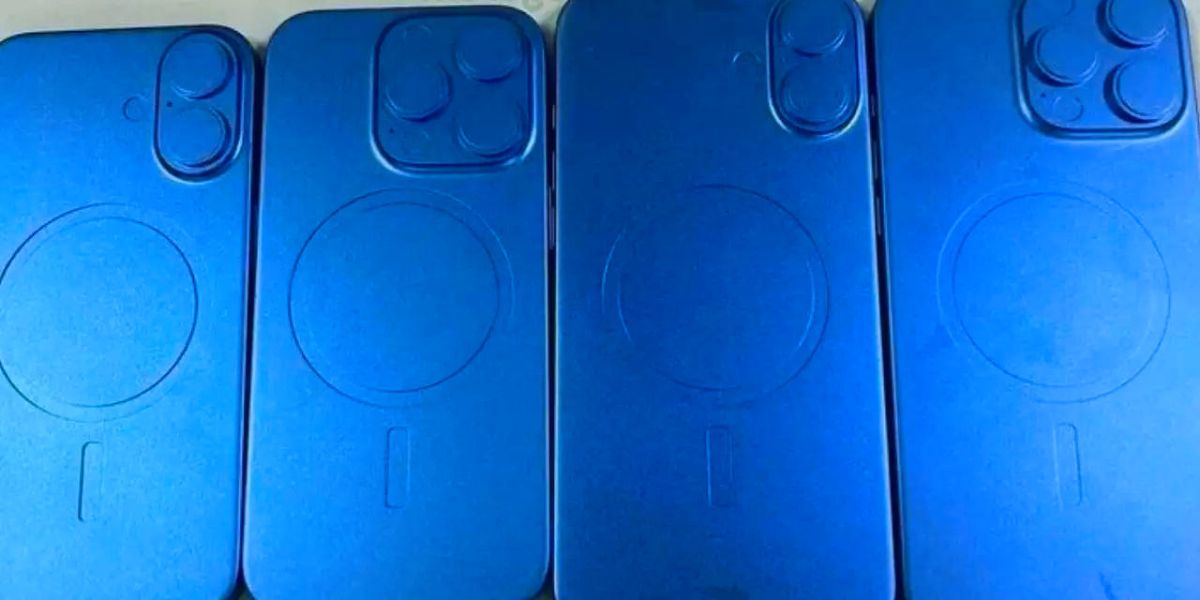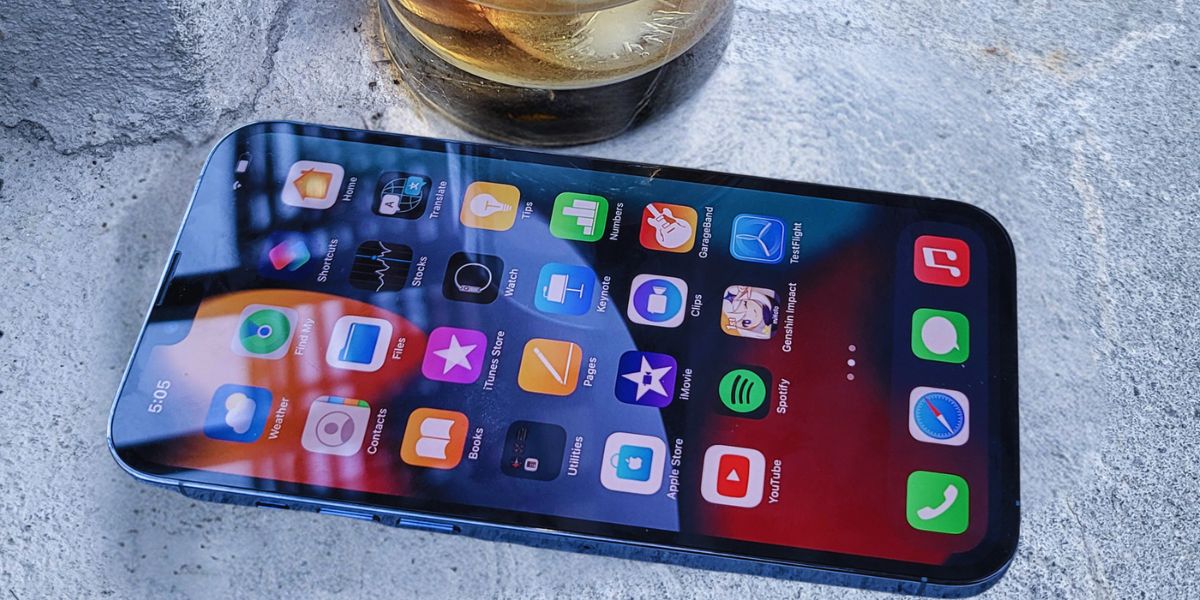Gear up, Apple lovers and enthusiasts, as the company is set to launch its new smartphone soon! Apple will release a new iPhone 16 Pro model in September 2024, along with the iPhone 16 and iPhone 16 Plus models, 16 Pro Max. There are also rumors that Apple is reportedly developing flip iPhones, but nothing can be said until we find something concrete.
Compared to other iPhones in Apple’s lineup, these Pro models are pricier and get new features and designs first. This time, Apple is also keeping up with the trend and is planning to make the iPhone 16 Pro even better than the iPhone 15 Pro, which was launched last year. So, let us delve into every detail that has been revealed about the new iPhone 16 Pro.
iPhone 16 Pro Specs
As speculated by a report from 9to5Mac, the brand new iPhone 16 Pro series could have a 20% brighter display this time as compared to the iPhone 15 Pro. Based on this, it is also expected that this could reach a peak brightness of 1200 nits in regular use.
Also, the insiders expect to have a fancy feature like a 3nm A18 Pro chip along with enhanced options for connectivity. This new chipset might pack an upgraded Neutral Engine for handling AI tasks along with improved thermal efficiency.

Thanks to its sleek design and advanced features, Apple’s iPhone 16 Pro is already standing out in the market from its competitors. Apple is really putting in a lot of effort to make the iPhone 16 Pro a compelling upgrade by adding many new features and upgrades as compared to the iPhone 15 Pro. Due to these new features, the brand new iPhone 16 Pro is said to be a tough competitor of the iPhone 15 Pro.
Although the iPhone 16 Pro series is said to be launched in the month of September 2024, aficionados are already digging into every insider information and details about this new device.
The new iPhone 16 Pro is also expected to have larger screens, updated modem chips, improved cameras, and more enhanced features. Here are some rumored features which the new iPhone 16 might have:
- Larger 6.3″ and 6.9″ Sizes
- New “capture” button
- Relocated mmWave antenna
- 48-megapixel ultra-wide lens
- 5x optical zoom
- Advanced 3nm A18 Pro chipset
- Wi-Fi 7
- Upgraded Neural Engine for AI functions
- Improved thermal efficiency
- Metallic battery casing
- Qualcomm Snapdragon X75 5G modem
As we all know, the iPhone 15 Pro had the highest brightness of 1600 nits for HDR content. So, this time, rumors suggest that the iPhone 16 Pro series will keep up with the same level of HDR brightness. If you like vibrant visuals, you might have something to look forward to.

It also seems that Apple is planning to give its users a bigger display this time as compared to the previous models because the new smartphone is rumored to have a 6.27-inch ( 159.31 mm) display. Here are some of the size and display features:
- Thickness: 8.25 mm
- Height: 149.6 mm
- Width: 71.45 mm
- Display: 6.3″ (159.31 mm)
- Weight: 194 grams
iPhone 16 Pro Camera Features
The latest camera features for the iPhone 16 Pro series have been leaked by a 9to5Mac report. According to this report, the iPhone 16 Pro could have the latest 48MP ultra-wide camera.
This is exciting news for people who love capturing photos and videos, as now you will be able to take detailed and ultra-wide shots and videos. This report also suggests that the new phone might feature a Spatial video recording for even clearer videos.

According to the report, Apple might add a better telephoto camera to this new smartphone, called a periscope ultra-long telephoto combination camera. This camera upgrade will ensure that users can zoom in at least five times closer optically and twenty times closer digitally.
The company is also expected to be trying a new technology called the Atomic Layer Deposition (ALD) which is used to fix lens flare in the iPhone. This could be a big improvement, as a lot of iPhone users have previously complained about trouble with glare on their photos.
As per the report, we could also see an improved main camera sensor from Sony in the iPhone 16 Pro model. This sensor will split up the photodiodes and pixel transistors, which are usually blended together. Also, this upgraded sensor will capture twice as much light as the current sensors, which could mean brighter and sharper photos in even low-light conditions.
